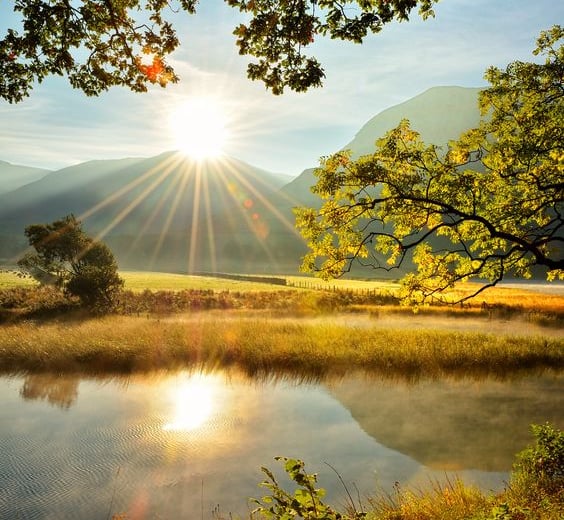Exploring the Beauty and Mystery of Sunsets and Twilight
This blog explores the beauty of sunsets, twilight, and their influence on nature, science, and culture, including the *Twilight Saga*. It highlights the calming vibes of sundown and our connection to the natural world.
9/20/20242 min read


The Sunset and Evening Vibes
At sundown, the world slows down, and people find themselves immersed in the tranquil energy of a fading day. This time of day, often referred to as dusk or twilight, carries a distinct vibe — calm, reflective, and often nostalgic. Sunset vibes are felt most deeply when you take a moment to observe the changing scenery, from the gentle glow of the horizon to the cool blue tones that deepen as night approaches. It’s no wonder that nature magazines regularly feature stunning sunset imagery, highlighting the connection between humans and the natural world.
The Science of Twilight and Nature
Twilight is not just a romantic concept in literature and film; it’s also a scientifically defined period when the sun is below the horizon but still illuminates the sky. Nature, with its perfect balance, gives us this brief yet mesmerizing spectacle each day. Publications like Nature Communication and Nature Science often explore how the atmosphere scatters sunlight during twilight, creating the breathtaking colors we see in the sky. It's an intricate dance between light and human perception, reminding us of the delicate interplay between the environment and our senses.
Horizons and Human Nature
The horizon symbolizes more than just the point where the earth meets the sky. For many, it represents the boundary between the known and the unknown, much like the transition between day and night. The phrase "horizon blue" captures the soft yet bold colors that appear just bxefore the sun disappears completely. In a broader sense, it reflects the idea of human nature pushing boundaries, exploring new frontiers, and always searching for what's next.
Twilight in Popular Culture: The Stephenie Meyer Connection
It’s impossible to discuss the concept of Twilight without mentioning Stephenie Meyer’s Twilight Saga. Beginning with Twilight in 2008, Meyer’s series captured the imagination of readers around the world. The saga, including New Moonand Breaking Dawn Part 2, used twilight as a metaphor for the transition between worlds — the human and the supernatural. The Twilight series explores not only romantic love but also the nature of human emotions, identity, and transformation. The saga has since become a cultural phenomenon, influencing other works in literature and film.
Nature’s Influence on Literature and Science
From scientific journals like Nature Communication to popular films and books, nature has always had a profound influence on human creativity and inquiry. Whether it's the intricate ecosystems studied by scientists or the emotional landscapes explored by writers, there’s an undeniable connection between nature and human expression.
Sunsets, in particular, are a source of inspiration for many creative minds. Their fleeting beauty encourages reflection on the passage of time, the mysteries of life, and our place in the natural world.
The Scenic Wonder of Twilight and Sunset
The scenery during sunset is unlike anything else. Watching the sun slowly sink below the horizon, you’re treated to a masterpiece that changes every second. Twilight, with its soft glow, brings about feelings of calm, making it the perfect time to meditate or simply appreciate the wonders of Mother Nature. Even though the day may be over, there’s a sense of renewal in the air as the sky shifts from fiery colors to cool twilight blues.
The next time you find yourself outside at sunset, take a moment to pause and admire the scenery. It's an experience shared by people across the world, regardless of their background or beliefs. This shared love of sunsets is a testament to human nature's connection with the beauty of our planet.
Girlies
Have questions or need support? We’re here to help!
Enjoy
+1234567890
© 2024. All rights reserved.
